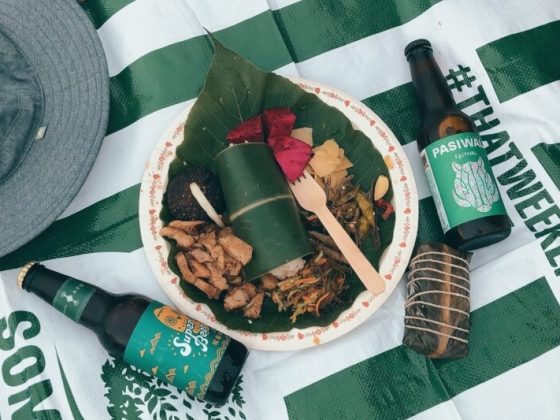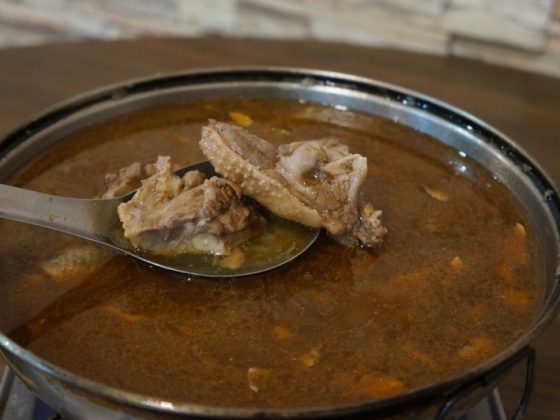I stare out of the van, eyes scanning the quilt of paddy fields down below that stretch off across Hualien County. They disappear as we round a hairpin turn, and as we drive deeper into the Coastal Mountains, the snaking silver form of the Xiuguluan River comes into view. It’s the only river that passes through these mountains. Moreover, until 1986, it was the only way of getting in and out of Kiwit (奇美), one of the most secluded indigenous villages in Hualien and a rich trove of Amis culture.
Surrounded on all sides by steeply rising forests and with a population of only 100 people, Kiwit feels utterly shut off from the outside world — even though it’s only 30 minutes drive from Ruisui train station and an easy enough detour on any trip around Eastern Taiwan. Most if not everyone here identifies as Amis. And what’s more, because of the village’s previously remote setting, much of their traditional way of life survives here.
Arriving in Kiwit
Pulling up outside the Kiwit Aboriginal Museum (奇美文物館), we are greeted with a traditional Amis buffet. Huge plates of roast chicken and pork, deep-fried pumpkin balls, red bean soup, and rice garnished with savory taro shavings sit alongside more obscure vegetables like edible ferns (過貓) and yidou (翼豆), a peculiar been that looks like a frilly starfruit. Amis cooking uses numerous local plants and herbs, many of which can’t be found in the big cities.
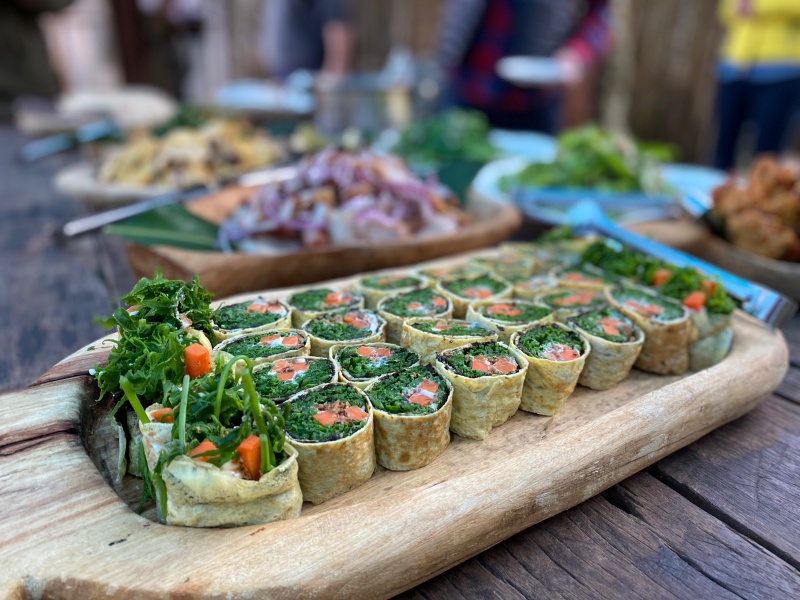
After lunch, Jiang Jin-ying (蔣金英), our guide for the afternoon, emerges beaming from the traditional reed cooking hut. She sets three punch bowls of brightly colored herbal tea on the table and lists their medicinal properties. “Tu’er cao (兔耳草) is good for upset stomachs,” she says, pointing to one bowl containing a candy red liquid. “Huajiaotoushizi cao (華教頭獅子草) is a general cureall, and the third one — she points to the turmeric-colored infusion — is really bitter.”
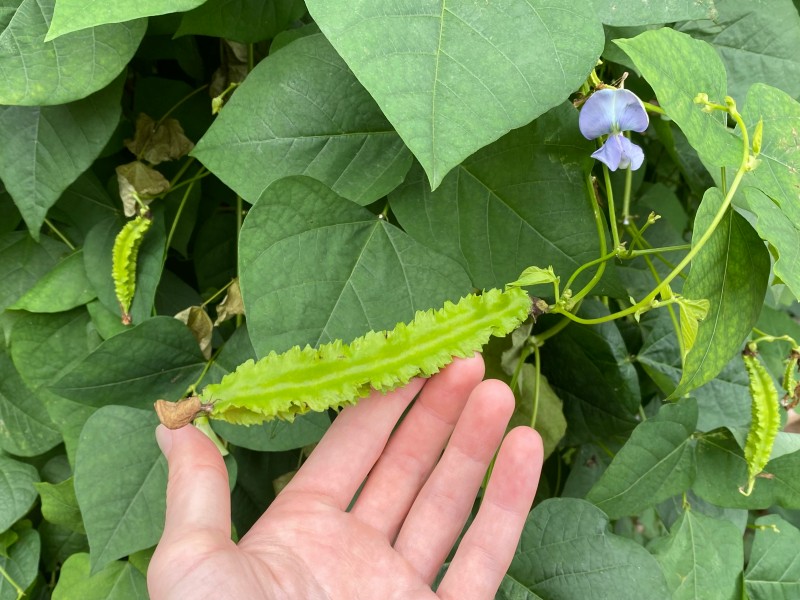
One of Hualien’s Most Secluded Indigenous Villages
Herbal medicine played an important role in many traditional Amis communities, but especially Kiwit, which until recently was a difficult raft journey away from the next village. Rafting (In Amis: tatadok) is now one of the village’s main attractions, and throughout the summer it is possible to arrange tours there from Ruisui. This includes a traditional Amis riverside barbecue, or safutin’an (男人廚房). You can also try one of the Amis’ most unusual dishes: shrimp soup boiled by dropping hot stones into the broth.
Exploring a Traditional Amis House
There’s no time for us to go rafting today, so instead Jiang (who has now insisted that we call her Jiang Ma, or “mom”) has decided to show us around the village, including a traditional house known as a lama´. As late as the early 1980s, most people in Kiwit still lived in these spacious reed buildings. The one we enter now is a reconstruction of the family home in which Jiang grew up.

Inside, there’s easily enough space to sleep 15 people. And as those of us who haven’t immediately fallen asleep on the surprisingly comfortable bare-reed floor gather around the central fire pit, Jiang tells us all about daily life in the raised-one room dwelling. The circular shelf hanging over the fire, we learn, are for drying sodden clothes. A thick bamboo pole, meanwhile, holds drinking water for anyone who wakes up in the middle of the night. As the Amis are a traditionally matriarchal society, lama´s belonged to the women of the house and were inherited by whichever of their daughters was deemed most suitable by the houseful. Jiang inherited her house when she was only six.
Kiwit’s residents began moving into concrete homes after the road to Ruisui opened. Then in 1989, a typhoon destroyed the remaining lama´. When I ask how bad the storm was, Jiang grimaces. “It blew the top off that mountain,” she says, pointing to a tooth-shaped rise just outside the village.
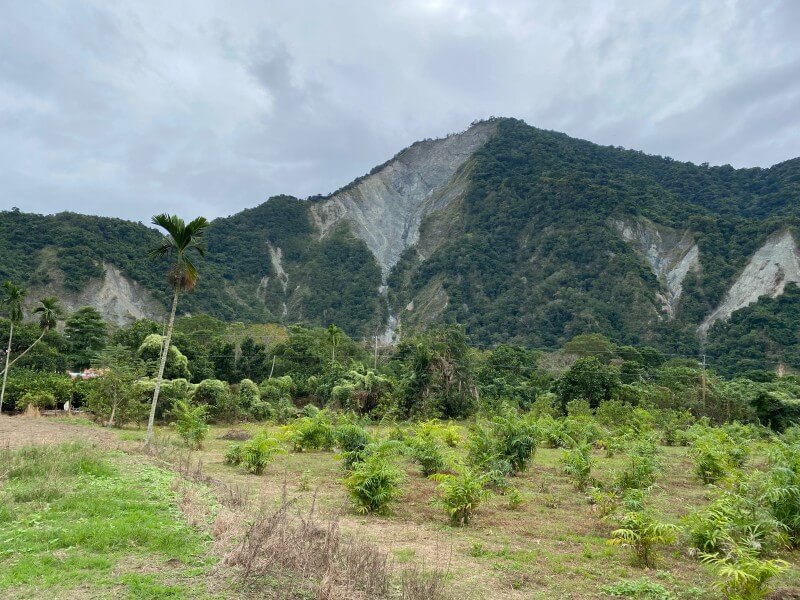
An All-Natural Spa Treatment
Leaving the lama´, we loop back around to the cultural center where a line of wide metal buckets has been laid out, each brimming with a steaming tea-colored liquid. I look quizzically at the arrangement and turn to Jiang. “Foot spa,” she beams.
Like all of what we’ve done today, it will be hard to forget this all-natural wellness experience. Jiang has gone to great lengths to show us all that she can of traditional Amis life in Kiwit, and not without good reason. “Most of the people who live here are retirees. Everyone else has all gone to the cities to work,” she explains. Kiwit Elementary School has 15 teachers but only 10 students. While there are few young people there right now, Jiang hopes that by developing her village as a tourist destination, she can encourage them to return — and preserve her community’s traditional way of life.


